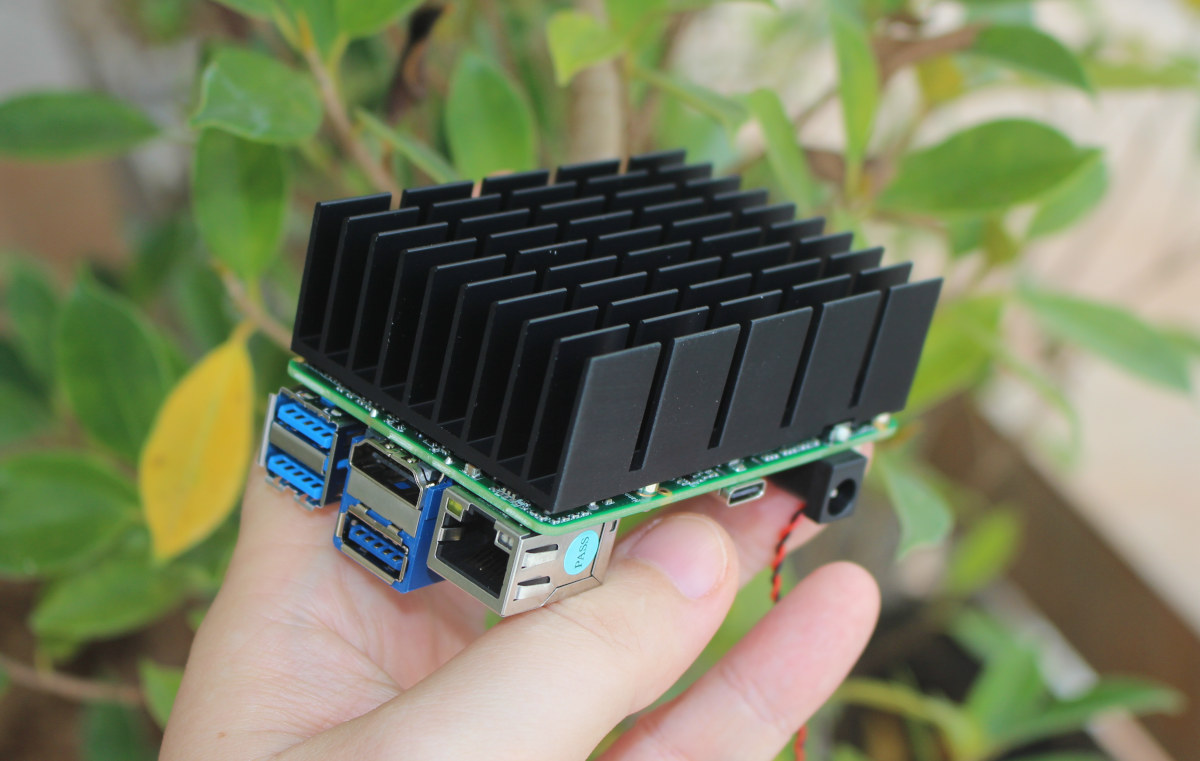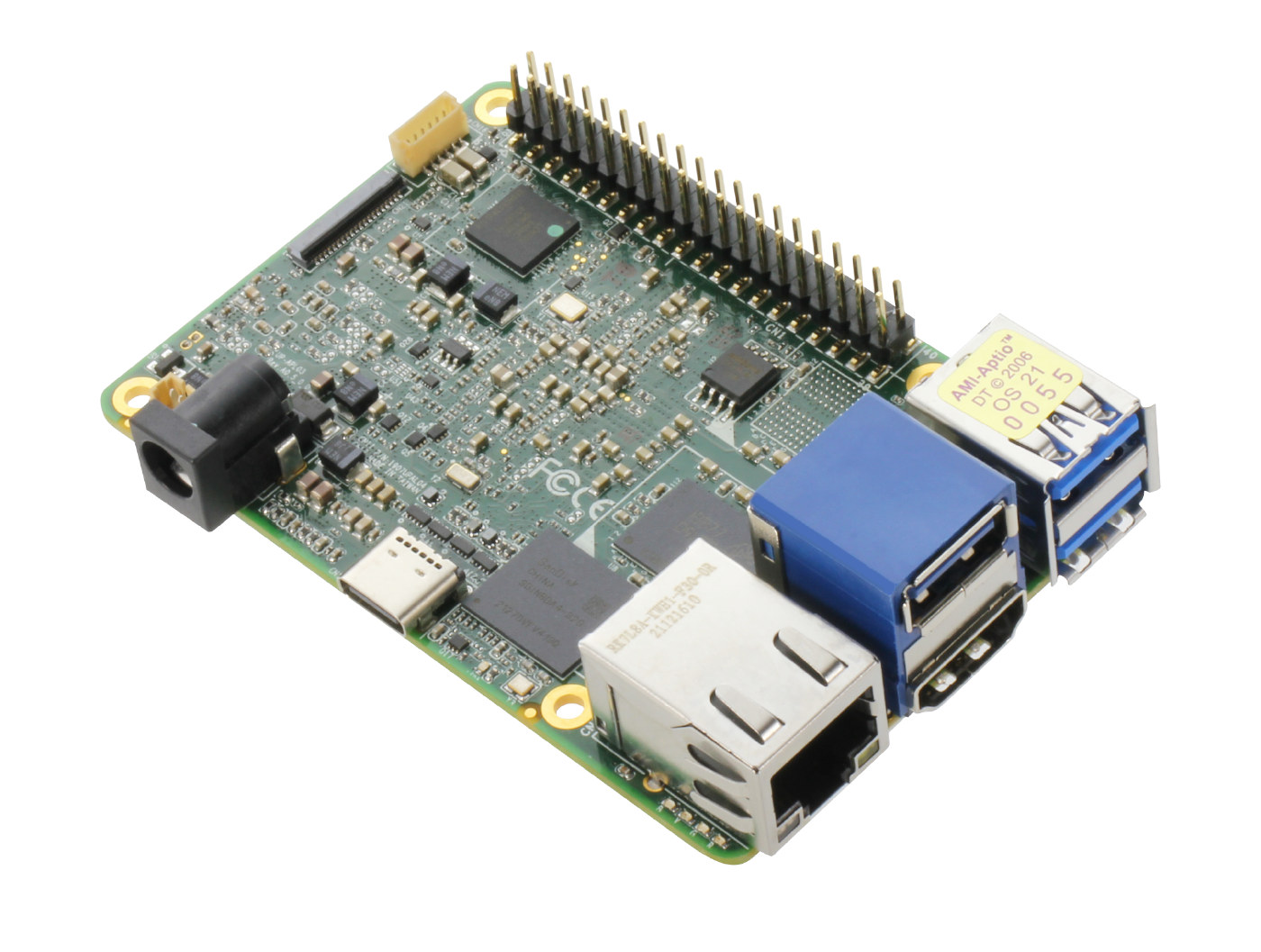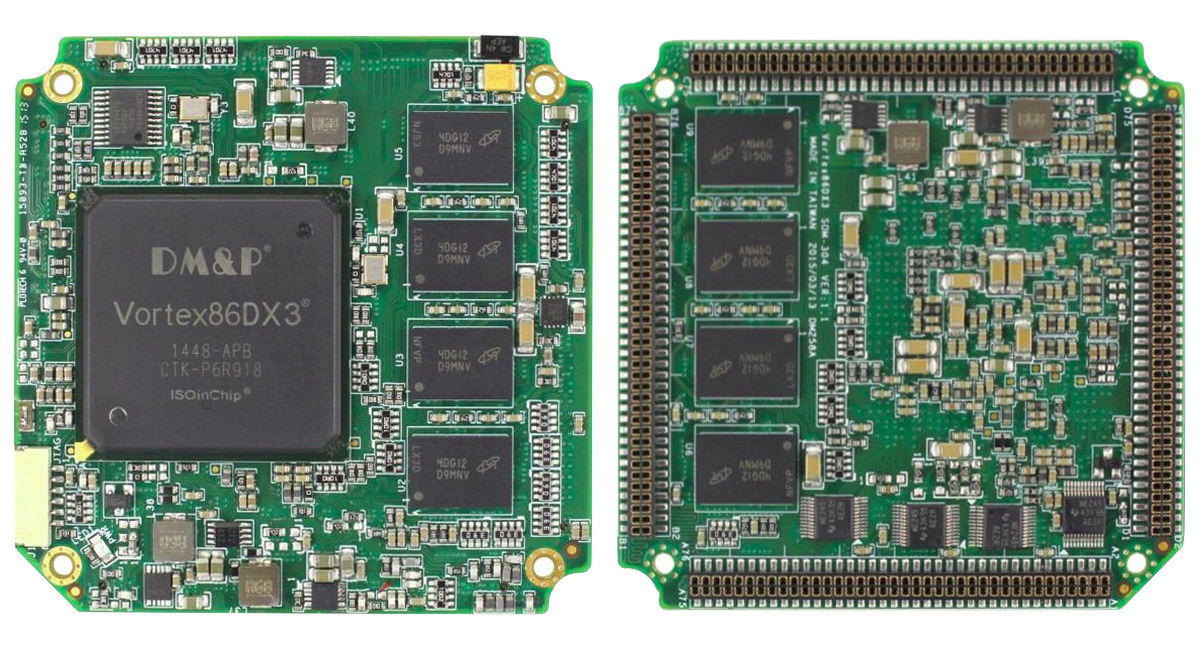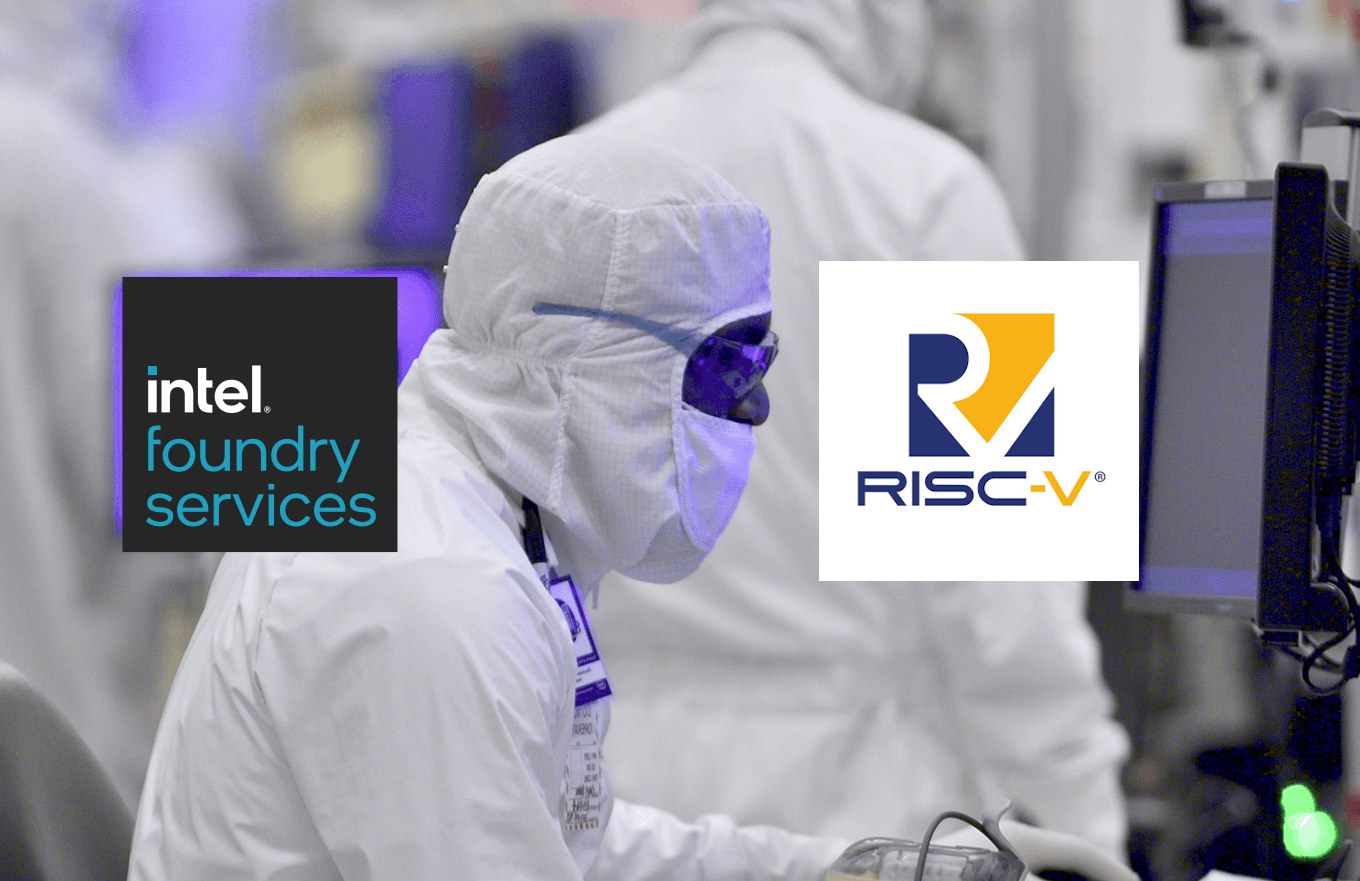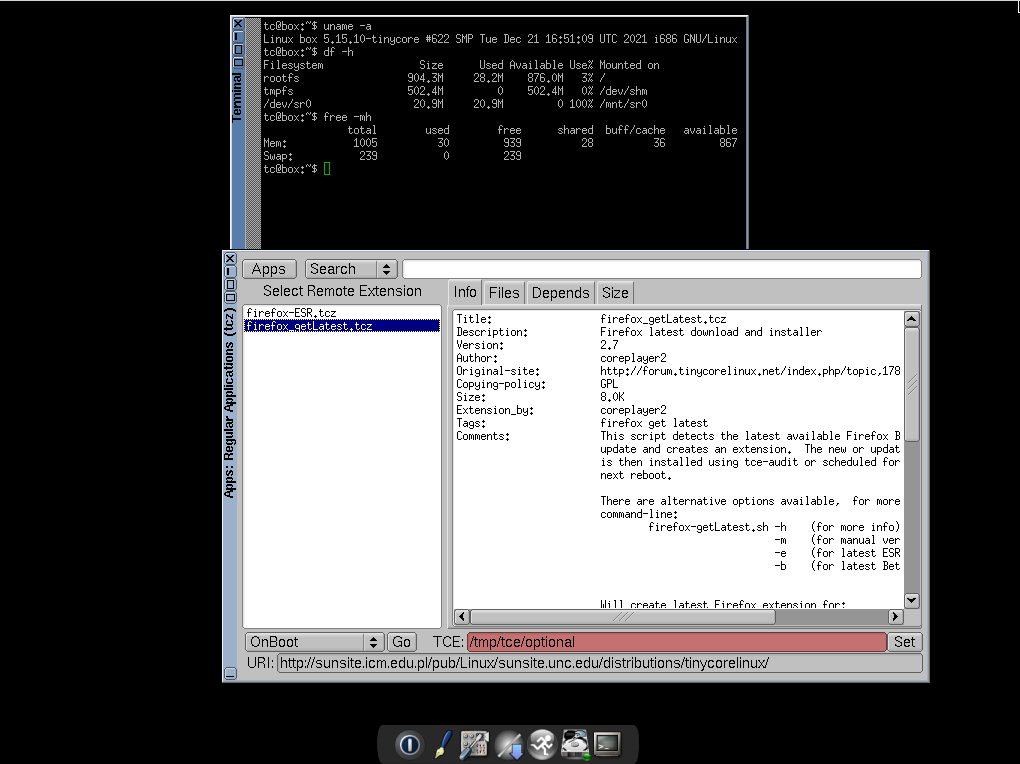AAEON UP 4000 is a compact Apollo Lake single board computer that’s about the size of a business card or a Raspberry Pi designed for automation, robotics, digital signage, and other space-constrained applications that may benefit from an x86 processor. The company already published some Phoronix benchmarks comparing the UP 4000 SBC against Raspberry Pi 4, NVIDIA Jetson Nano, and the original UP board, but since nothing beats third-party evaluation, AAEON sent a review sample to CNX Software for additional testing. UP 4000 SBC unboxing There are several variants of the board, and I received the UP-APL03X7F-A10-0464 SKU with 4GB RAM, 64GB eMMC flash, and an Intel Atom x7-E3950 quad-core processor. The package includes the board together with a multilingual safety manual that explains you should not immerse the board underwater and should avoid walking on it :). A 12V/5A power supply was also included separately. The power cord was […]
UP 4000 SBC is a Raspberry Pi lookalike with an Intel Apollo Lake processor
AAEON has unveiled the UP 4000 single board computer with a form factor and ports arrangement similar to Raspberry Pi 2/3, but powered by a choice of x86 processors, namely the Intel Atom E3900 series, Celeron N3350, or Pentium N4200 all parts of the Apollo Lake family. The first UP Board was introduced in 2015 as a device offering an x86 alternative to the Raspberry Pi 2 with an Intel Atom x5-Z8300/Z8350 “Cherry Trail” processor, but later “UP bridge the gap” boards from the company used larger “Squared” (85.6 x 90 mm) or “Xtreme” (122 x 120 mm) form factors. The UP 4000 SBC brings us back to the original business card form factor but with a boost in performance and various specifications improvements. UP 4000 vs UP Board specifications AAEON says the new board is able to deliver 30% faster CPU performance and twice the 3D graphics performance […]
x86 system-on-module features 1GHz DM&P Vortex86DX3 processor
DM&P Vortex86DX3 is an x86 embedded processor launched in 2015 that we’ve previously found in single board computers and mini PCs, but I’ve just noticed ICOP was offering the SOM304D3 system-on-module based on the single and dual-core versions of the Vortex86DX3 SoC. The SOM304D3 is available with 1 or 2GB DDR3 RAM, works in a wide temperature range (up to -40°C to +85°C), and is designed for space-constrained industrial applications, especially those requiring legacy interfaces like ISA, IDE, and/or a parallel port (aka printer port). SOM304D3 specifications: SoC – DM&P Vortex86DX3 single or dual-core x86 processor @ 1 GHz, 2D GPU System Memory – 1GB or 2GB DDR3 Storage – Optional 4GB eMMC flash; SPI flash for AMI BIOS 4x 76-pin board-to-board connectors: Storage – SATA 1.0, IDE, SD Display VGA up to 1920 x 1080 @ 60Hz TFT LCD up to 1024 x 768 @ 60Hz Audio – 1x […]
QEMU 7.0 released with support for RISC-V KVM, Intel AMX, and more
QEMU (Quick EMUlator) is an open-source emulator used to run OS or programs on various architectures such as Arm, RISC-V, and many others when you don’t own specific hardware, or for quick testing. The developers have released QEMU 7.0 a few days ago with over 2500 commits from 225 developers. New features include support for RISC-V KVM and vector extensions, Intel AMX (Advanced Matrix Extension), improved flexibility for fleecing backups, various new features for Arm, and many more. QEMU 7.0 highlights listed by the developers: ACPI: support for logging guest events via ACPI ERST interface virtiofs: improved security label support block: improved flexibility for fleecing backups, including support for non-qcow2 images ARM: ‘virt’ board support for virtio-mem-pci, specifying guest CPU topology, and enabling PAuth when using KVM/hvf ARM: ‘xlnx-versal-virt’ board support for PMC SLCR and emulating the OSPI flash memory controller ARM: ‘xlnx-zynqmp’ now models the CRF and APU control […]
7-inch tablet with Intel Atom Z3735G processor sells for $55
Hardware platforms based on Atom Z3735G or Z3735F Bay Trail processors were all the rage in 2014-2016, as the processors were found in tablets, mini PCs, and single board computers sold at price points that provided alternatives to Arm platforms that may not be as well supported. But time has passed and those processors are really slow by today’s standard, so I was surprised to find out some companies were still selling products based on Bay Trail processors with the “MOMO7W” 7-inch tablet powered by an Intel Atom Z3735G quad-core processor, coupled with 1GB RAM and 16GB flash. MOMO7W tablet specifications: SoC – Intel Atom Z3735G quad-core Bay Trail processor @ up to 1.33 GHz / 1.83 GHz (Turbo) with Intel HD graphics; 2.2W SDP. Note: it’s indeed discontinued. Storage – 1GB SDRAM Storage – 16 GB eMMC flash, MicroSD card slot up to 32GB Display – 7-inch capacitive touch […]
Picovoice on-device speech-to-text engines slash the requirements and cost of transcription
Picovoice Leopard and Cheetah offline, on-device speech-to-text engines are said to achieve cloud-level accuracy, rely on tiny Speech-to-Text models, and slash the cost of automatic transcription by up to 10 times. Leopard is an on-device speech-to-text engine, while Cheetah is an on-device streaming speech-to-text engine, and both are cross-platform with support for Linux x86_64, macOS (x86_64, arm64), Windows x86_64, Android, iOS, Raspberry Pi 3/4, and NVIDIA Jetson Nano. Looking at the cost is always tricky since companies have different pricing structures, and the table above basically shows the best scenario, where Picovoice is 6 to 20 times more cost-effective than solutions from Microsoft Azure or Google STT. Picovoice Leopard/Cheetah is free for the first 100 hours, and customers can pay a monthly $999 fee for up to 10,000 hours hence the $0.1 per hour cost with PicoVoice. If you were to use only 1000 hours out of your plan that […]
Intel to invest $1 billion in foundry innovation, becomes RISC-V International member
Intel has just announced a $1 billion fund to support companies bringing innovations and new technologies to the foundry ecosystem. The company says the fund will prioritize investments in “capabilities that accelerate foundry customers’ time to market – spanning intellectual property (IP), software tools, innovative chip architectures, and advanced packaging technologies.” What’s interesting is that it does not only cover x86 architecture but also Arm and RISC-V, with a focus on the latter, as Intel has just become a Premier member of RISC-V International, and partnered with several companies offering RISC-V solutions including Andes Technology, Esperanto Technologies, SiFive, and Ventana Micro Systems. Intel’s Open Chiplet Platform Part of the investment will go to the Open Chiplet Platform offering a modular approach to chip design through chiplets with each block/chiplet customized for a particular function. This will allow designers to select the best IP and process technologies for a particular SoC. […]
Tiny Core Linux 13.0 released for older or lower-end x86 hardware
Tiny Core Linux 13.0 has just been released for 32-bit and 64-bit x86 systems with a recent Linux 5.15.10 kernel, and various upgrades to the packages. Tiny Core Linux is a lightweight (~22MB ISO) Linux distribution with an FLTK (Fast Light Toolkit)/FLWM (Fast Light Windows Manager) desktop and based on the Core Project that integrates a recent Linux kernel, vmlinuz, and a root filesystem with low footprint libraries such as busybox. It’s mostly interesting for older or low-end hardware that may be slow and/or unusable with more common Linux distributions like Ubuntu or Debian. Tiny Core Linux 13.0 main changes: kernel updated to 5.15.10 glibc updated to 2.34 gcc updated to 11.2.0 binutils updated to 2.37 e2fsprogs base libs/apps updated to 1.46.4 util-linux base libs/apps updated to 2.37.2 busybox updated to 1.34.1 50-udev-default.rules: add media permissions select: require that “break” used in awk scripts filetool.sh: prevent gratuitous change to .filetool.lst’s […]


